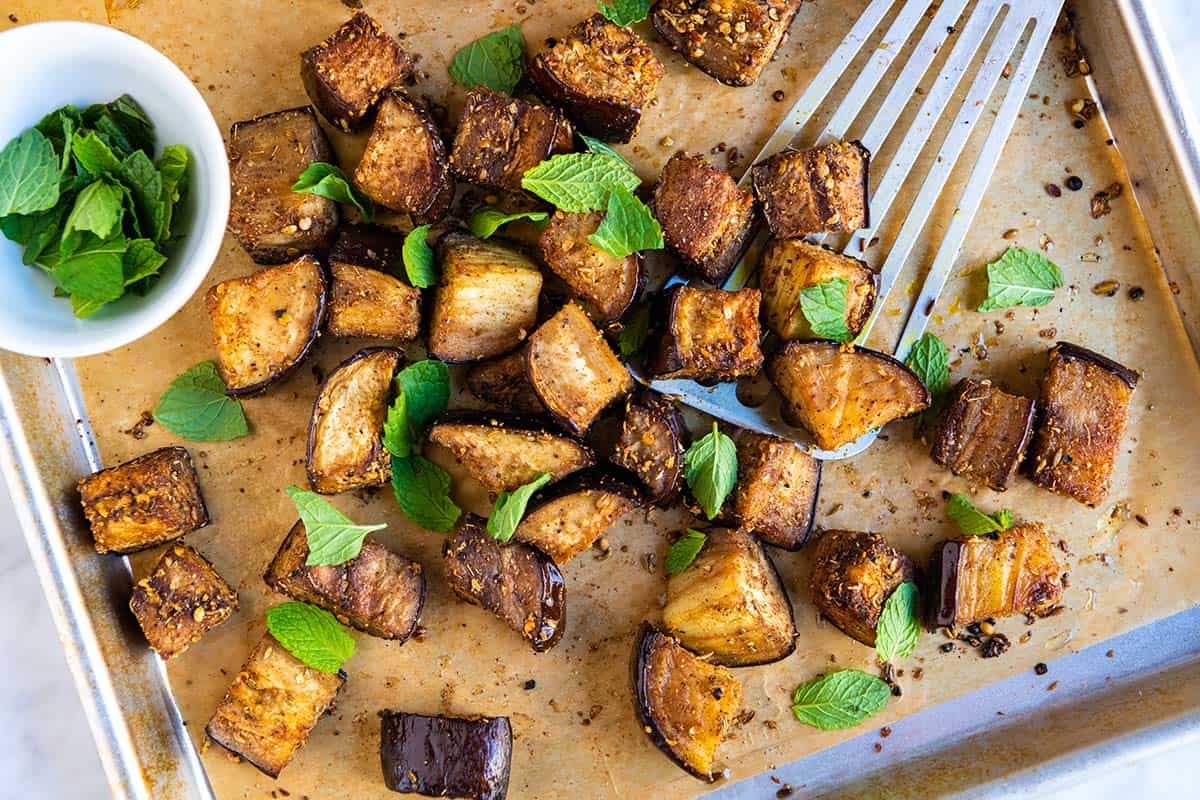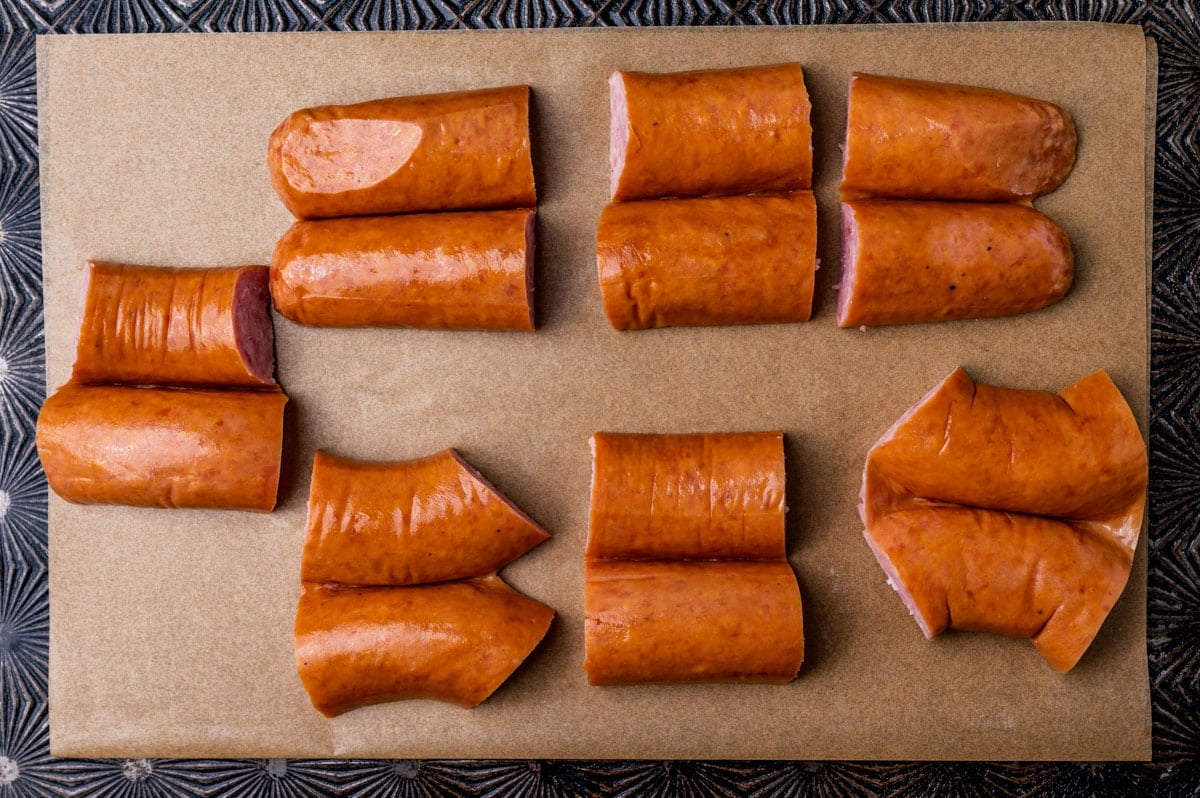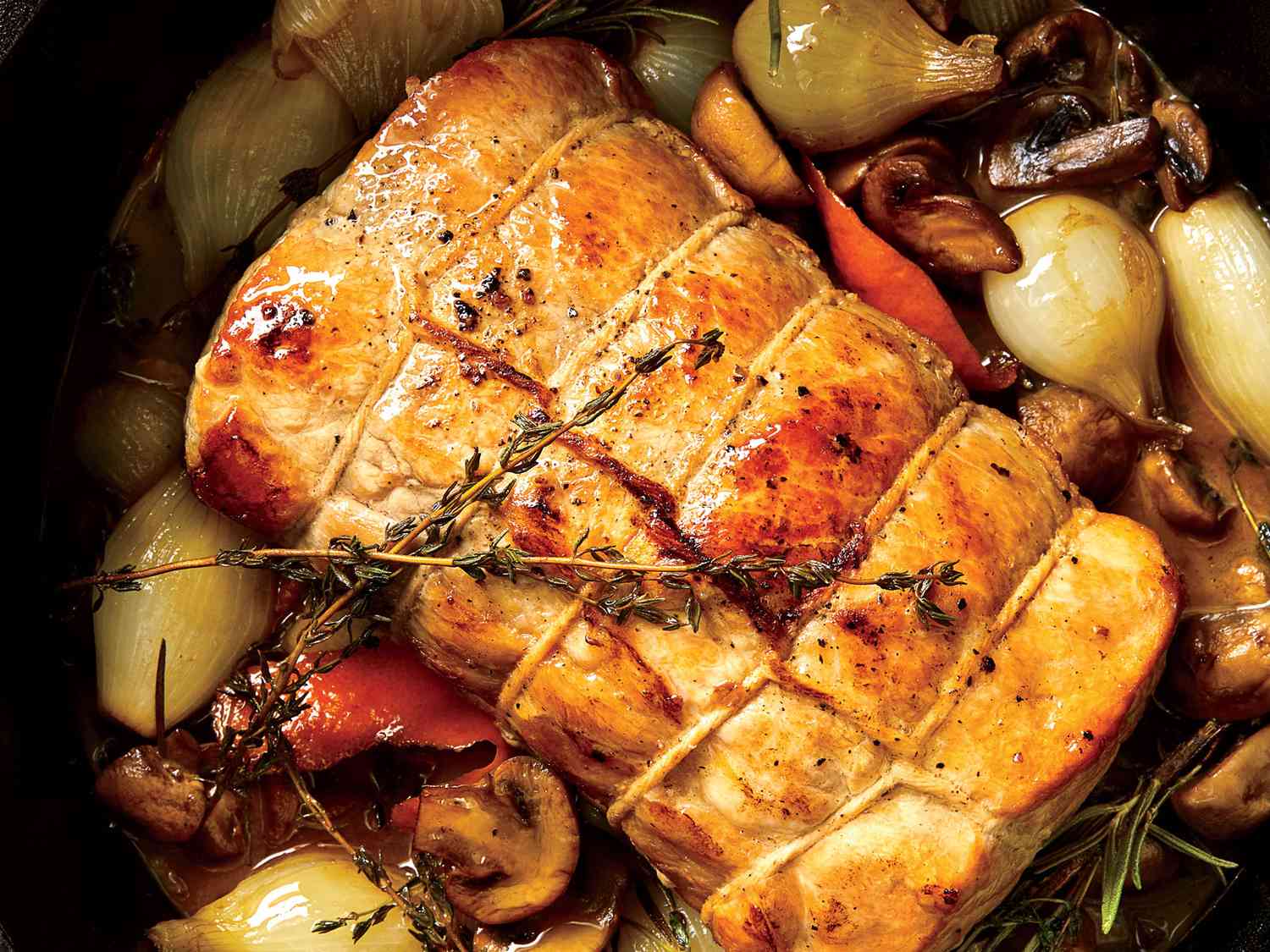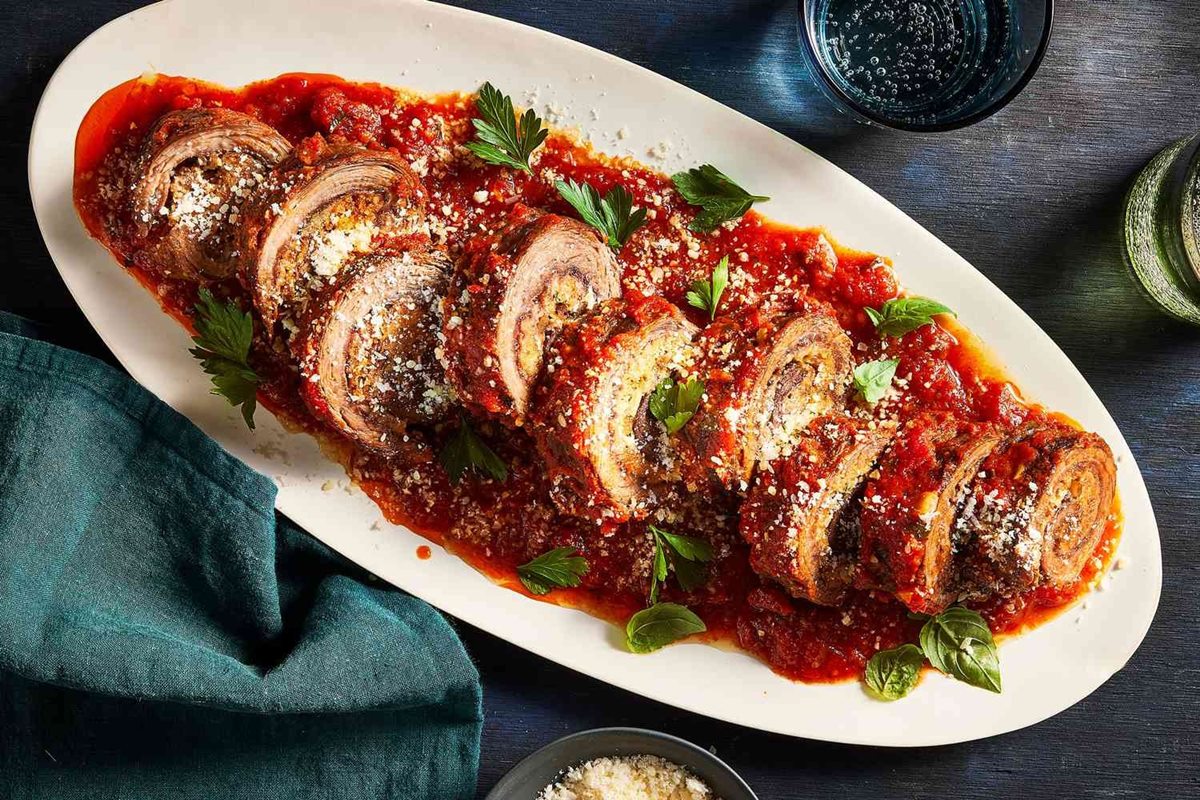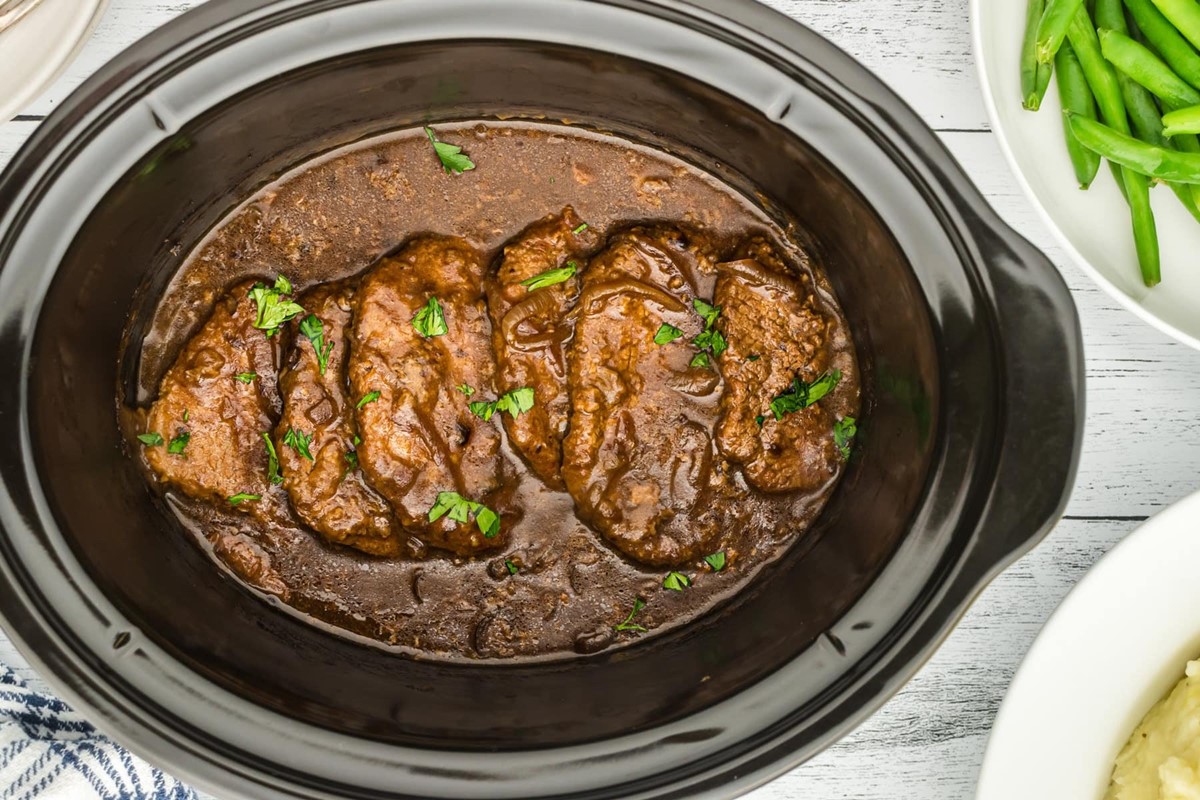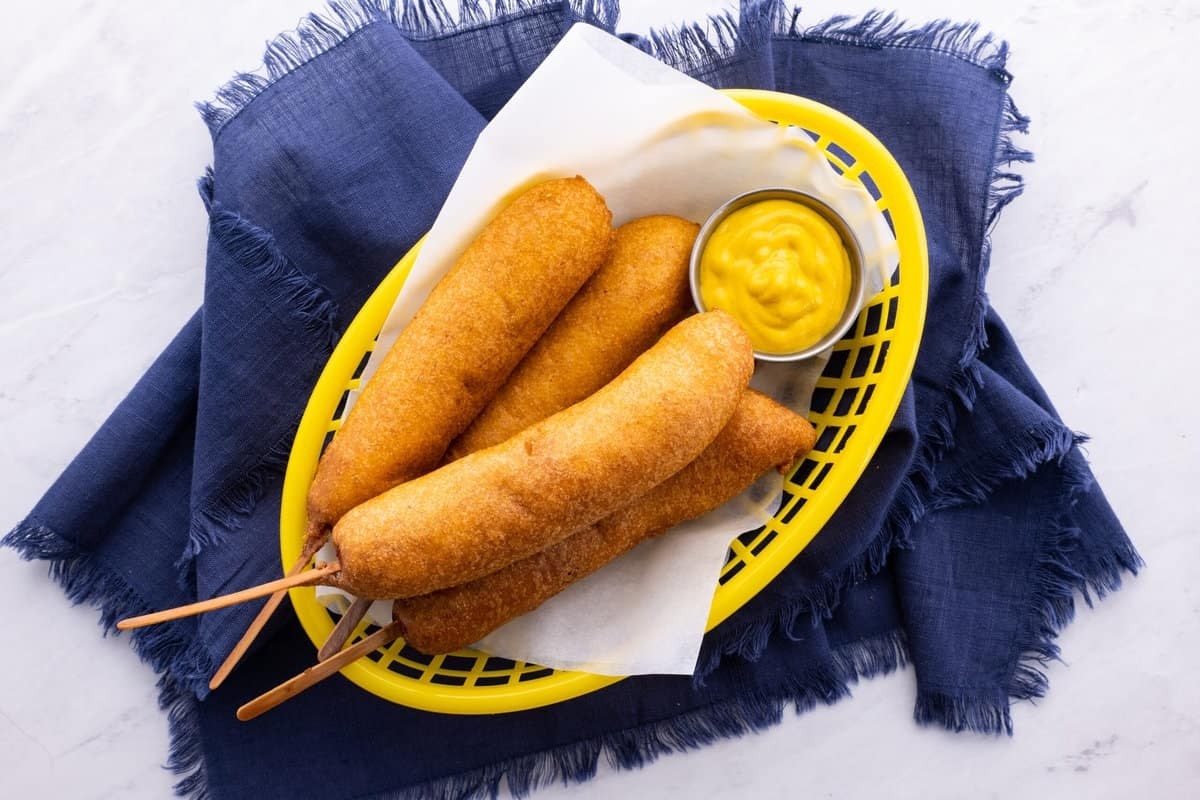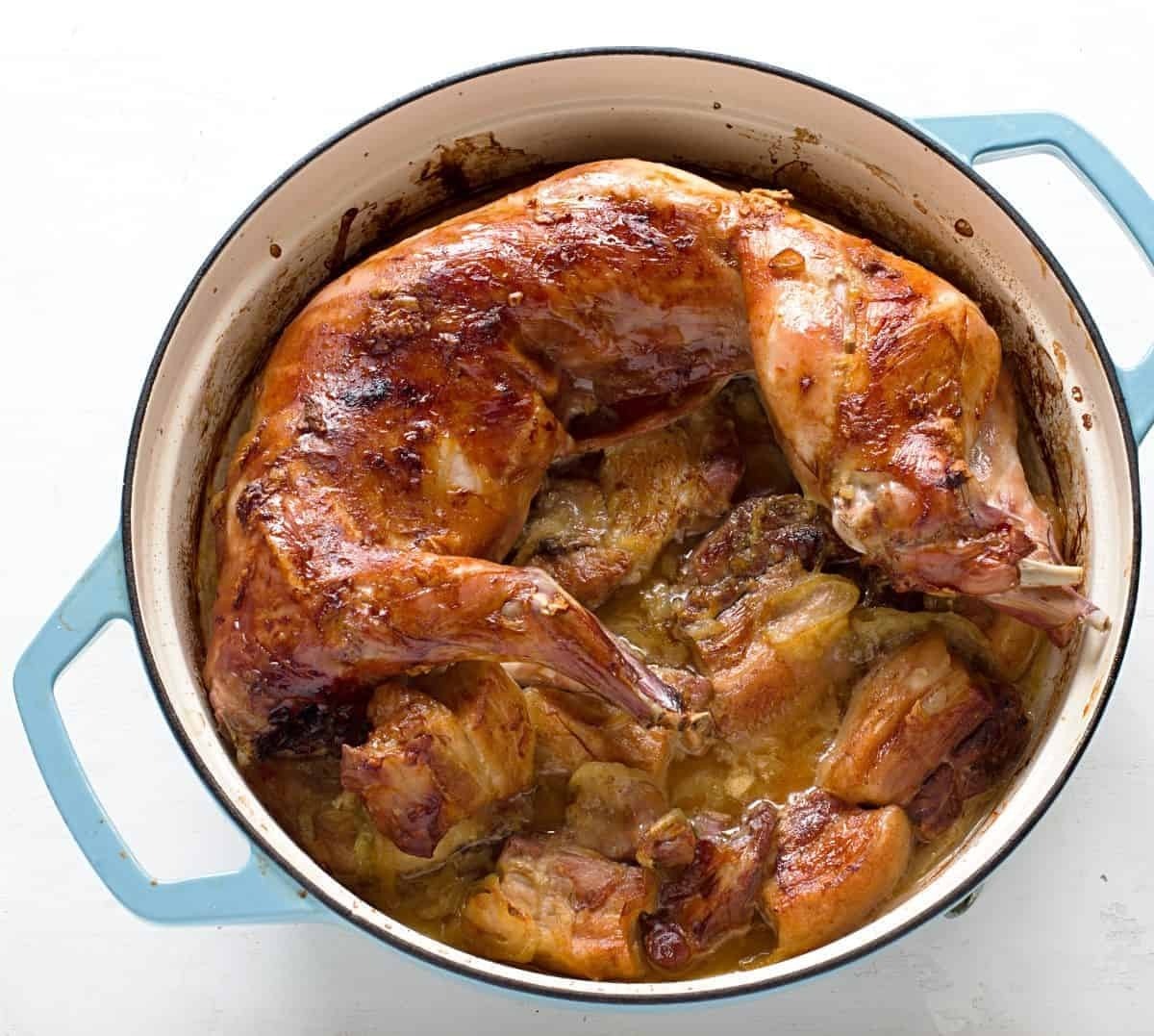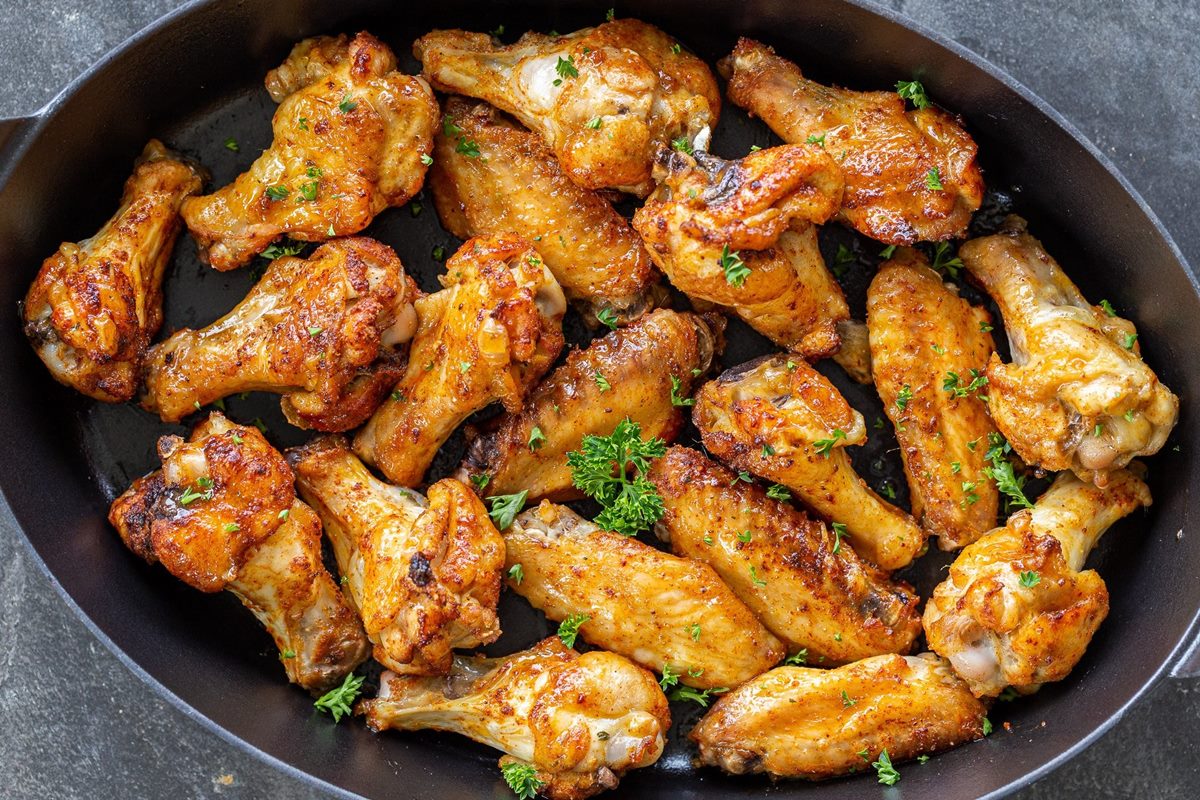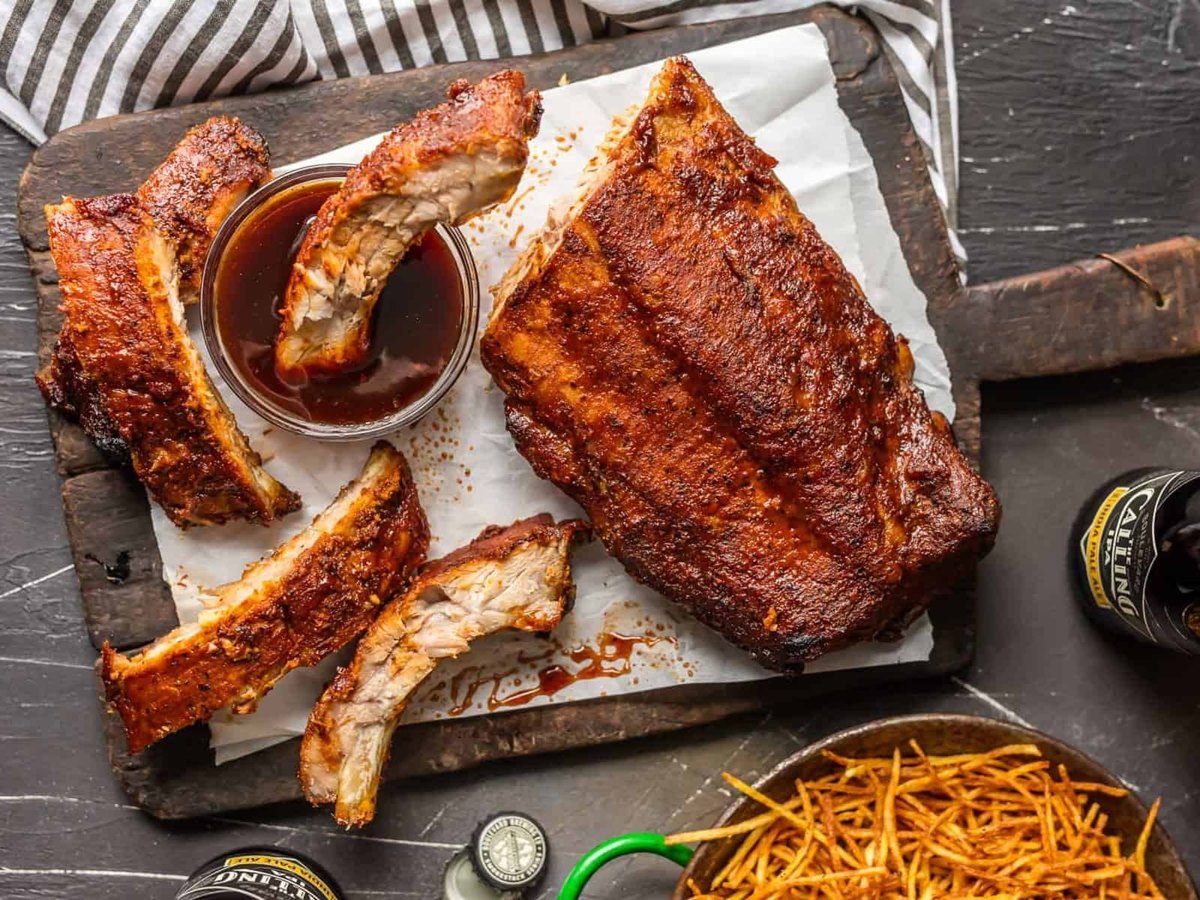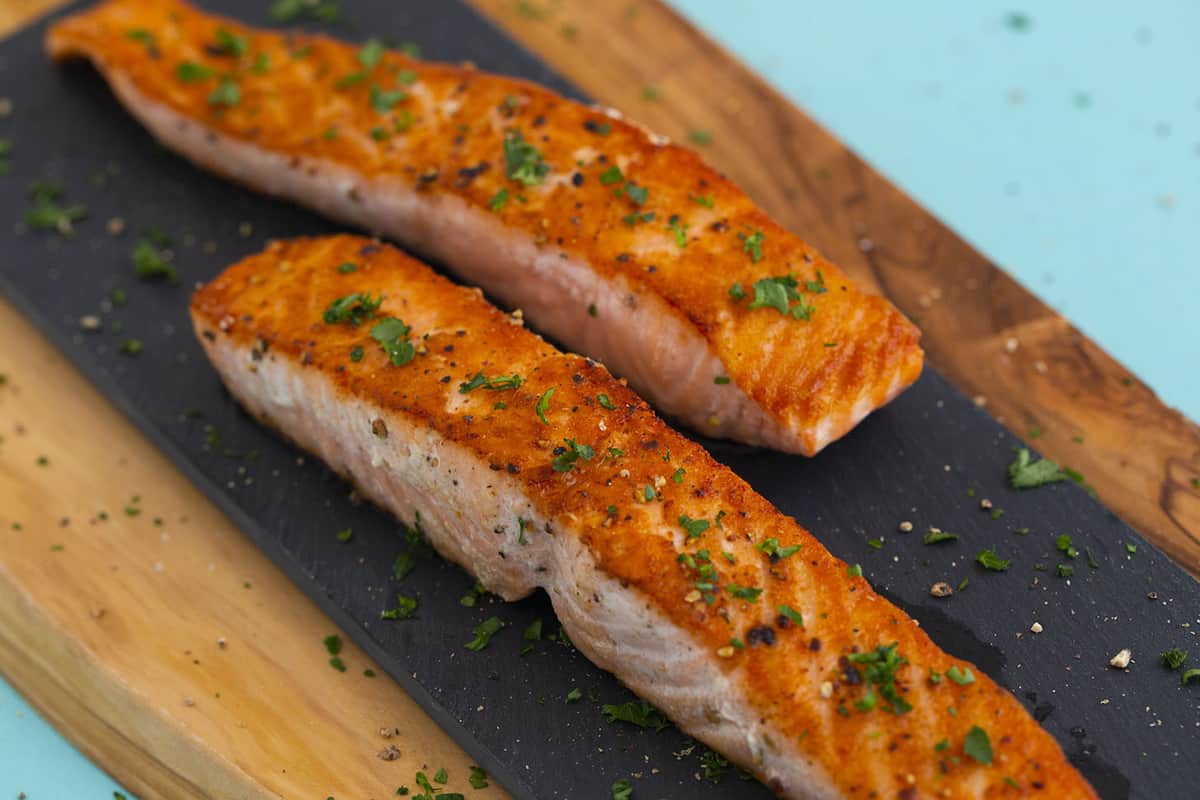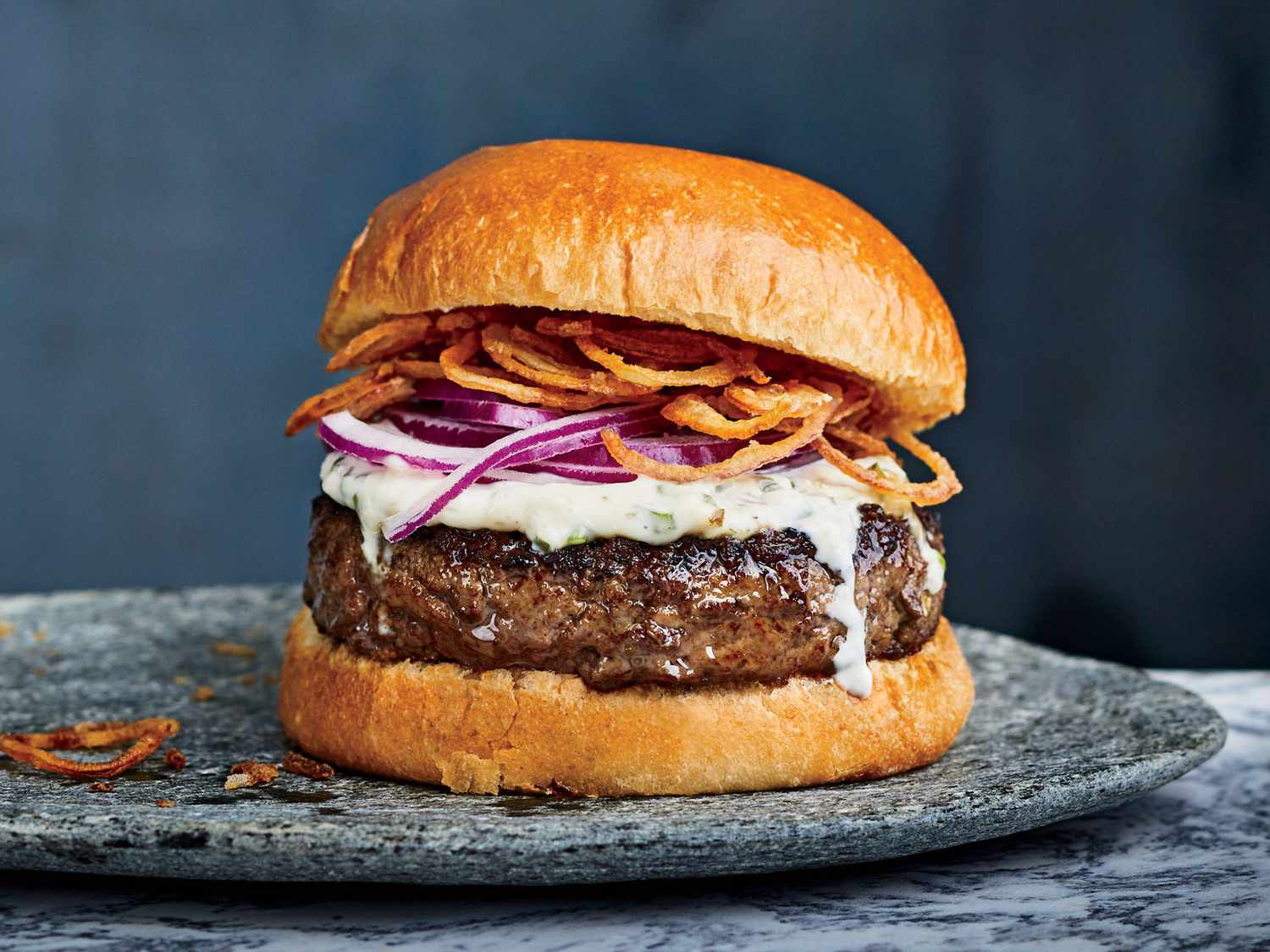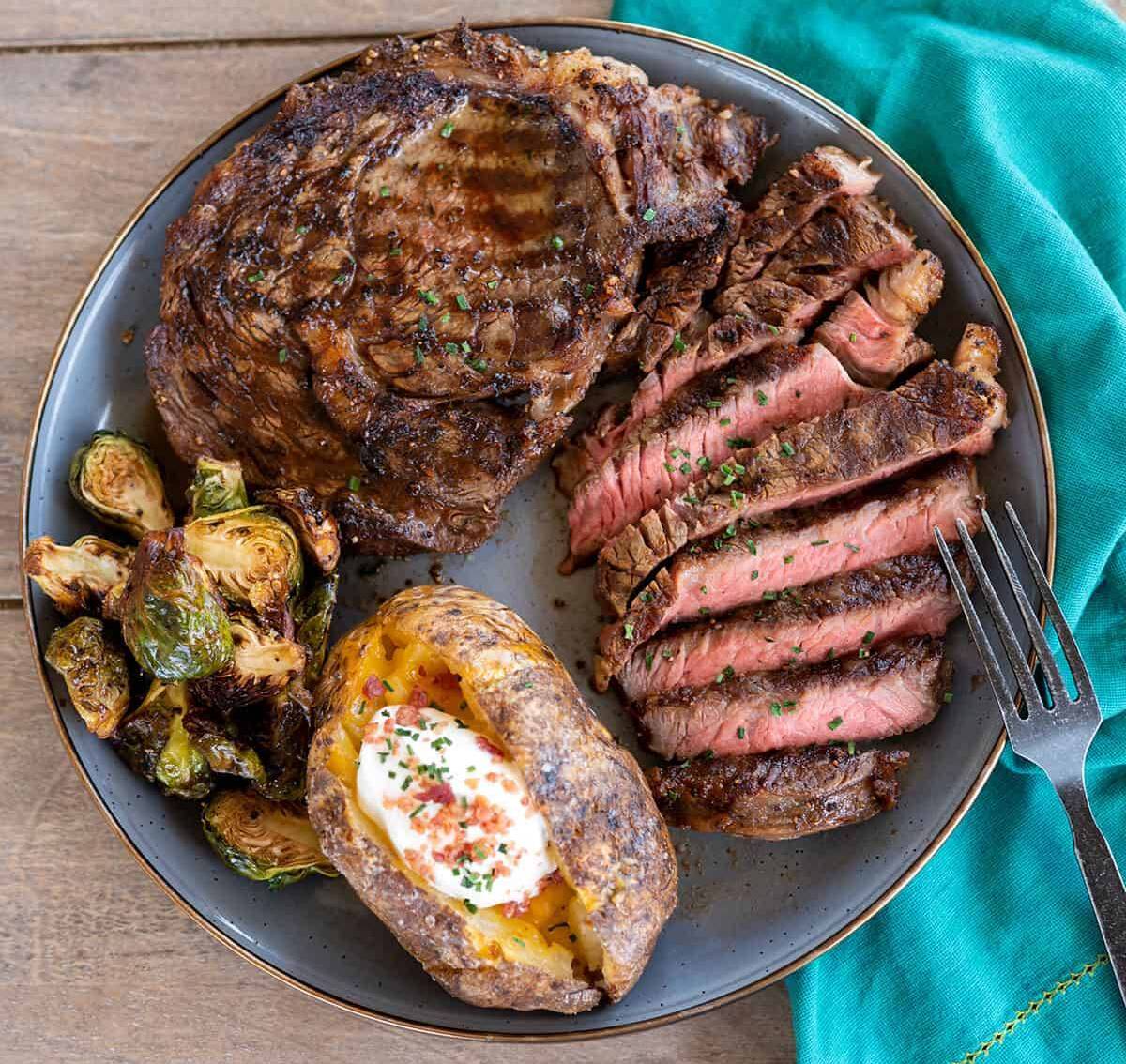Master the Art of Cooking a Tender English Roast
There’s nothing quite like sitting down to a hearty English roast dinner. The succulent meat paired with traditional sides creates a delectable flavor combination that is truly unforgettable. If you want to impress your friends and family with a tender and mouthwatering English roast, you’ve come to the right place! In this guide, we’ll take you through the step-by-step process of cooking a perfect English roast.
Choose the Right Cut of Meat
The key to a tender and delicious English roast starts with selecting the right cut of meat. While there are various options, the most popular choice is a beef joint such as ribeye or sirloin. These cuts are known for their marbling, which adds flavor and tenderness to the meat.
When purchasing your roast, look for meat that has a bright red color, firm texture, and a good amount of marbling. This will ensure that your roast turns out juicy and flavorful.
Prepare the Meat
Before you start cooking, it’s essential to prepare the meat properly. Remove the roast from the refrigerator and allow it to come to room temperature for about 30 minutes. This will help the meat cook more evenly.
Next, season the roast generously with sea salt and freshly ground black pepper. If you desire an extra depth of flavor, you can also rub the meat with minced garlic, dried herbs, or your favorite seasoning blend.
Preheat and Sear
Preheat your oven to 425°F (220°C). While the oven is heating up, heat a large, oven-safe skillet over medium-high heat on the stovetop. Add a splash of olive oil and carefully place the roast in the skillet. Sear the meat on all sides until it develops a rich, golden-brown crust. This step helps to seal in the juices and enhance the overall taste.
Add Aromatic Vegetables
Once the roast is seared, take it out of the skillet and set it aside. In the same skillet, add aromatic vegetables like onions, carrots, and celery. Sauté them until they become soft and slightly caramelized. These vegetables will add flavor to the pan drippings and ultimately enhance the taste of the roast.
Roast to Perfection
Transfer the seared roast back to the skillet, placing it on top of the sautéed vegetables. Insert a meat thermometer into the thickest part of the roast, making sure it doesn’t touch any bone. This way, you can monitor the internal temperature and cook the roast to your desired level of doneness.
Place the skillet in the preheated oven and roast the meat for about 20 minutes per pound of meat. This will result in a tender and pink center, which is the traditional way of serving an English roast. If you prefer your meat more well-done, adjust the cooking time accordingly.
Let it Rest
Once the meat reaches your desired level of doneness, remove it from the oven and tent it loosely with aluminum foil. Allow the roast to rest for at least 15 minutes before carving. This resting period allows the juices to redistribute throughout the meat, resulting in a juicier and more tender roast.
Slice and Serve
After the roast has rested, it’s time to carve and serve it. Slice the meat against the grain into thin slices, and arrange them on a serving platter. Serve with traditional accompaniments such as Yorkshire pudding, roasted potatoes, and steamed vegetables. Don’t forget to pour the flavorful pan drippings over the meat for an extra burst of deliciousness!
Now that you know the secrets to cooking a tender and mouthwatering English roast, it’s time to put your skills to the test. With practice and a little bit of patience, you’ll soon become a master of this classic British dish. So gather your loved ones around the table, and get ready to indulge in a truly unforgettable roast dinner experience.
For anyone keen on mastering the art of cooking a tender English roast, there are a few standout recipes that should not be missed. The Sirloin Roast with Red Wine Jus offers a rich and flavorful experience, perfect for those who love a touch of elegance in their meal. For garlic enthusiasts, the Prime Rib Roast with Garlic Butter is a must-try; it's succulent and packed with aromatic flavors. Those who appreciate a classic will enjoy the Classic Sunday Roast Beef with Yorkshire Pudding, which brings a traditional twist to the table. If you're in the mood for slow-cooked goodness, the Slow-Cooked Roast Beef with Gravy delivers tender meat that practically melts in your mouth. Finally, the Beef Tenderloin Roast with Mustard Crust presents a slightly tangy yet deeply savory option that's sure to impress. Each of these recipes utilizes techniques discussed in the guide, ensuring a tender and delicious roast every time.
Was this page helpful?
Read Next: How To Cook Fresh Kielbasa On The Stove
